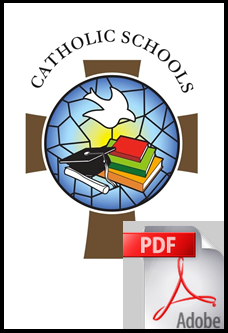Educational Technology Trends That Improve Student Engagement
Over the last few years, many trends have emerged in educational technology. For better or worse, one thing is for sure: schools are scurrying to find which tools work best in achieving student engagement and success. Has your school made educational technology changes recently? Did these changes improve a process or increase student engagement? Here are a few educational technology trends emerging in the field of education:
1. Social media used as a teaching tool
Social media has gained increasing popularity as educational technology over the past two years. These days, students know how to use a computer and the internet with ease, and most of them are using social media networks to share their thoughts and ideas. From student-created YouTube videos to professors creating classroom-focused blogs and Facebook pages, both teachers and students benefit from using social media inside the classroom.
2. Game-based learning gaining popularity
Who doesn’t love a good game? Game-based learning (GBL) exists as a learning tool by helping students visualize processes they otherwise could not see, such as the building of a molecule or the construction of a city. GBL is becoming increasingly popular inside the classroom as it can promote higher-order thinking skills, such as collaboration, communication, problem solving, and teamwork.
3. Flipping a classroom and BYOD
With more districts interested in saving money and more teachers interested in saving time, the concepts of flipping the classroom and BYOD (bring your own device) seem to be a good match. Because a key requirement to flipping a classroom is access to technology outside of the school, the joining of the two maximizes the potential of both concepts.
4. Increase in homeschooling
Like charter schools, home schools have enrolled more than 2 million students. The decision by so many parents to remove their children from local schools and teach them at home raises many issues. Scholars say parents are more likely to switch to homeschooling if they see the academic quality of local schools decline or the number of low-income students in those schools increase. Through homeschooling, parents are able to have more control over what their children learn. Although there is little data on homeschooling, it seems to be growing at the same surprising speed and volume as charter schools.
5. Integration of educational technology software companies
More and more, teachers and administrators are trying to streamline processes. From educational technology software companies that offer solutions to Common Core preparation and online courses to online registration, SIS systems, managing student data, and reporting, schools and districts are undergoing widespread adoption of these types of solutions.




